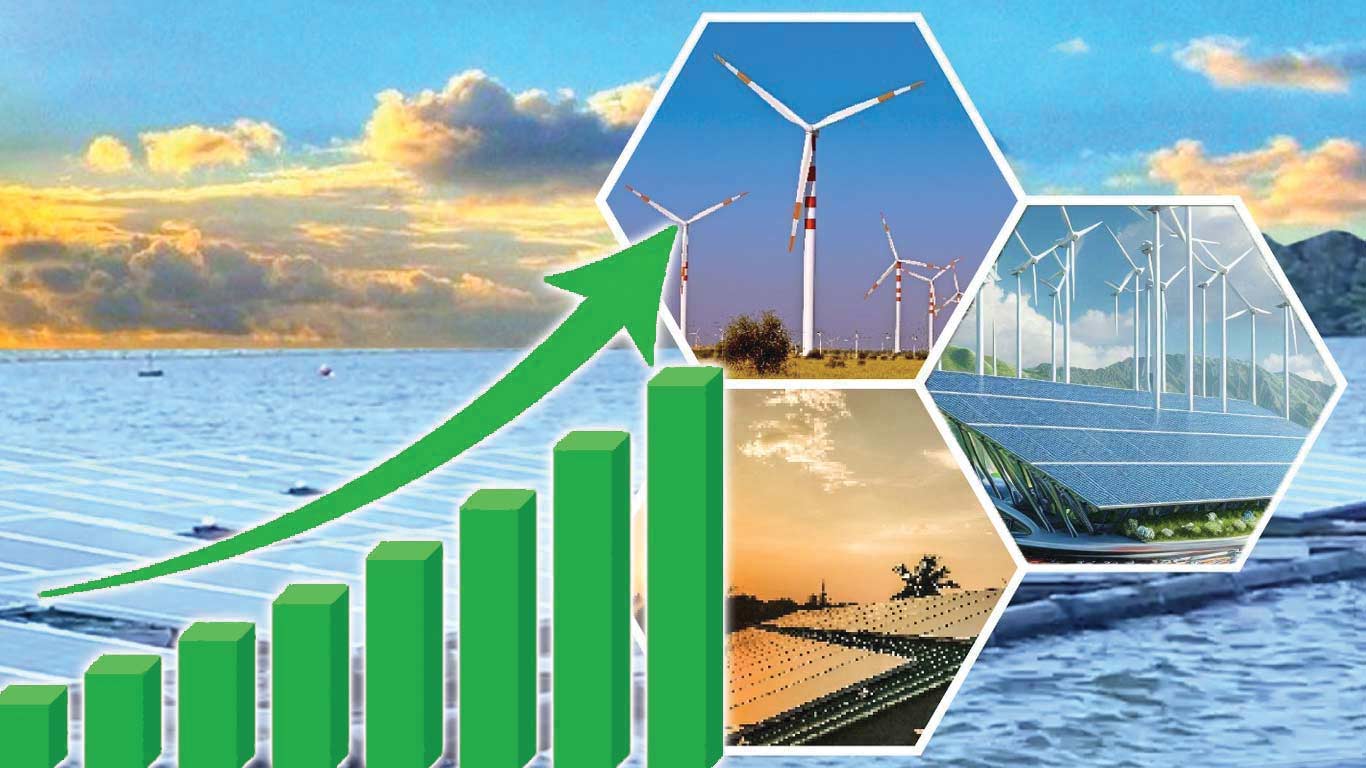Copyright knnindia

New Delhi, Oct 22 (KNN) India is emerging as a frontrunner in renewable energy adoption in South and Southeast Asia, significantly outpacing traditional coal-based generation, according to a report by S&P Global Ratings. The report highlights India’s strong progress in renewable capacity additions, driven by supportive regulatory policies, growing technology adoption, and a favorable funding environment. In contrast, many countries in the region, including Indonesia, the Philippines, and Vietnam, are at risk of missing their energy transition targets due to challenges such as limited economic and scalable renewable power, weaker grid infrastructure, and reliance on volatile LNG imports. “A larger scale of execution, bigger hybrid projects, rising storage tenders, and robust private sector funding will likely drive India’s gains,” the report said, according to ANI. It added that India benefits from low-cost renewables coupled with energy storage solutions and a mature competitive-bidding framework, putting it ahead of its regional peers. The report also notes an uptick in storage-based tenders, including battery projects that will enhance renewable energy integration and grid stability. By contrast, countries outside India are expected to rely more heavily on fossil fuels over the next five years, with significant renewable and storage capacity only coming online after 2030. Funding is another differentiator. India’s renewable market increasingly attracts private-sector investments, whereas Indonesia and Vietnam face large funding gaps and low private participation. These disparities could pose long-term credit and execution risks for utilities in those countries. In terms of scale, India added 35 GW of renewable capacity in the first nine months of 2025, putting it on track to meet its ambitious target of 500 GW of non-fossil electricity capacity by 2030, as pledged under the COP26 ‘Panchamrit’ framework. This initiative also aims to generate half of all energy requirements from renewables, reduce emissions by 1 billion tonnes, and lower emissions intensity of GDP by 45 percent, with a net-zero target set for 2070. S&P Global Ratings noted that the power sector accounts for nearly half of the region’s carbon emissions, and rising electricity demand will make decarbonisation goals more challenging. By 2050, South and Southeast Asia are projected to account for close to 20 percent of global power demand, up from 15 percent currently.



